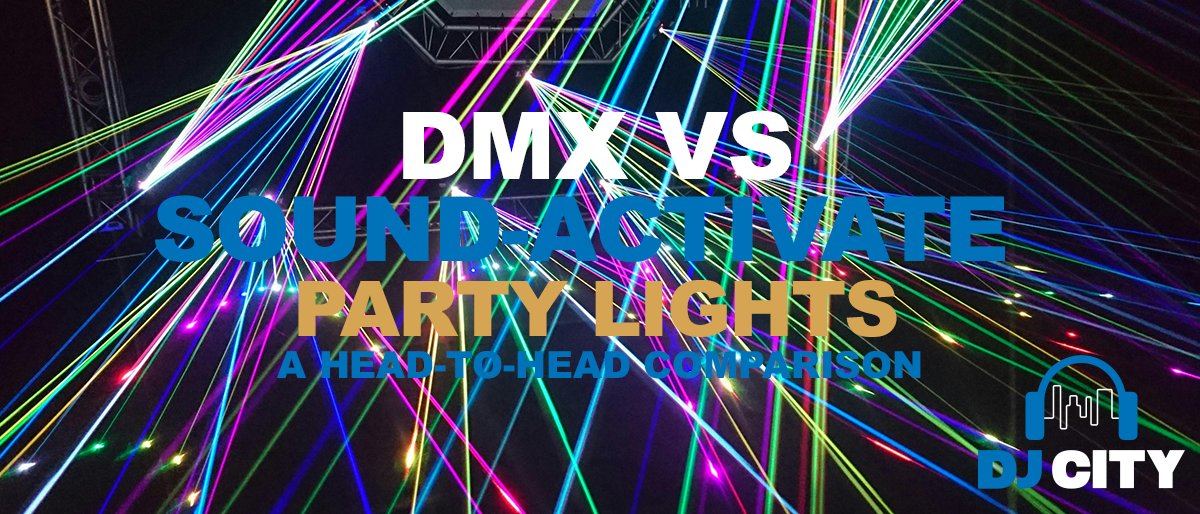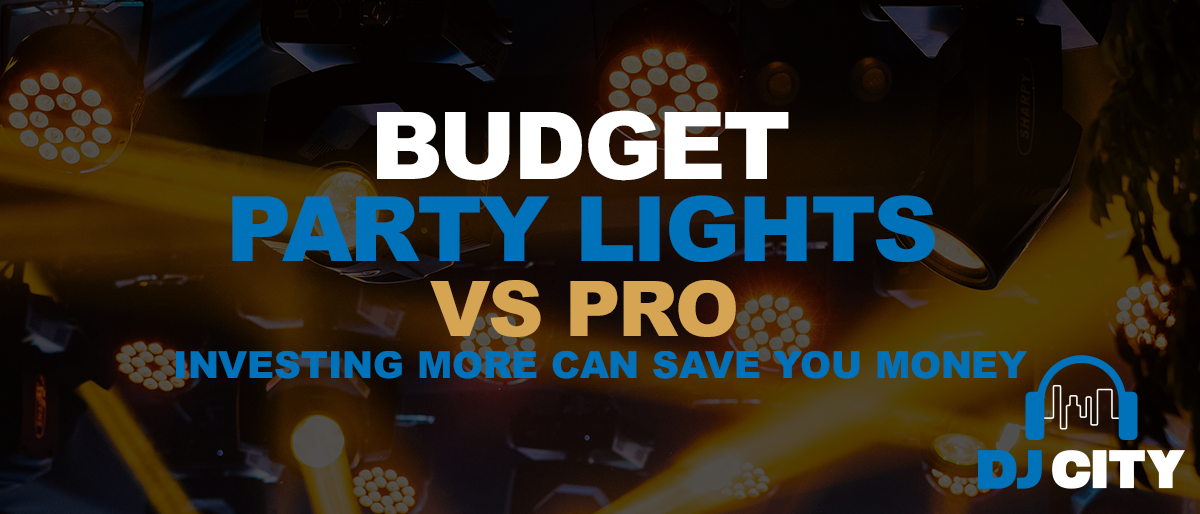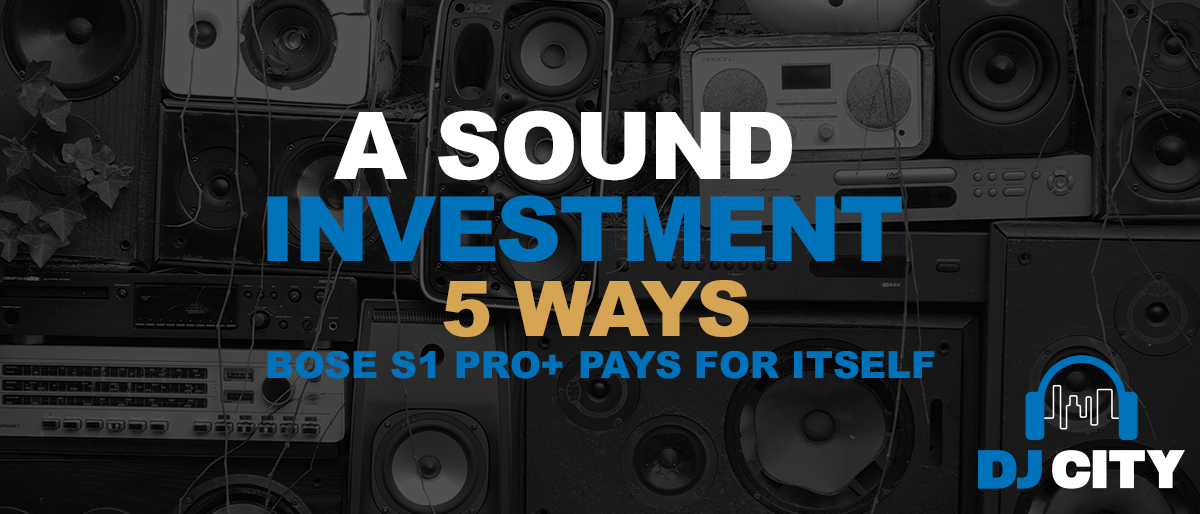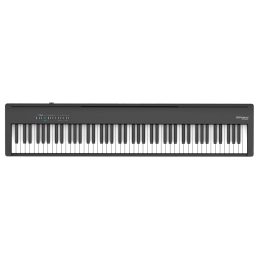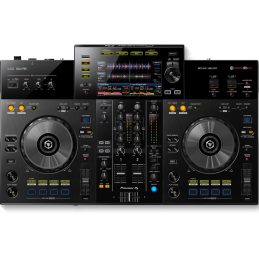
Digital Vinyl Systems (DVS), in many ways, are symbolic of DJing in the 21st century.
On the one hand, they represent a groundbreaking evolution in DJ technology: Music mixing in the digital age. On the other hand, they retain a lot of the tactile experience of vinyl in days gone by.
By merging this tactile experience with the versatility of digital audio, Digital Vinyl Systems is combining the best of the old with the best of the new for the benefit of the modern DJ.
In this blog, we explore the history of DVS, its functionality, and its significance for you as a modern DJ.
A Brief Look at the History of DVS
The journey to DVS began in the early 2000s. This was a time when traditional DJing was dominated by vinyl records and CDs.
While vinyl offered a tactile experience and created a community of devotees around it, the truth was (and still is) that vinyl is cumbersome and fragile.
The introduction of Final Scratch in 2001 marked a pivotal moment for the industry.
Final Scratch was a pioneering DJ tool developed by the Dutch company N2IT. When it launched, it was the first and only system that enabled DJs to manipulate digital audio files using traditional vinyl records. In many ways, it effectively bridged the gap between analog and digital DJing by allowing DJs to control digital music files using physical vinyl turntables.
This technological innovation preserved the essence of vinyl DJing in many ways but without sacrificing the benefits of modern technology or inhibiting access to a vast library of digital tracks.
In 2003, Final Scratch was acquired by Native Instruments and rebranded as Traktor Scratch.
Why are DVS important for DJs?
A Digital Vinyl System consists of two primary components: control vinyl (or CDs) and a specialised audio interface that connects the turntable or CDJs to a computer.
How does it all work? On the most simple level, the control vinyl contains a timecode signal that the audio interface reads. This then allows the DJ to manipulate digital tracks as if they were traditional vinyl records.
The Benefits of DJing with a DVS
1. Maintain Tactile Control
DJs can physically manipulate tracks using turntables, maintaining the feel of traditional vinyl. This is an important and increasingly appreciated aspect of DJing and music-making in general.
2. Access to Digital Libraries
Digital libraries afford DJs a massive selection of potential music. With a DVS, DJs can play tracks that are not only available on vinyl and thus expand their music selection significantly.
3. Greater Convenience
Portability is important for DJs. Carrying around large and heavy boxes of records is no longer necessary or practical. Just two control records and a laptop now suffice.
4. More Features
DVS allows for advanced functionalities like looping, cue points, and effects. These features are difficult to achieve with traditional setups.
The Integration of Vinyl and Digital
As mentioned at the start, the revolutionary aspect of DVS is in its effective bridging of the gap between analog and digital formats. In a world suited and used to compromise, this is a rare example of DJs being able to enjoy the best of both worlds.
Exploring the Integration
A DVS can be broken down into two main components: the control vinyl or CD; and the audio interface.
The control vinyl/CD specially encodes records or CDs that contain timecode signals, while the audio interface connects turntables or CDJs to a computer, converting analog signals into digital data.
When the control vinyl is played on a turntable, the timecode signal is sent to the audio interface. Then, the interface converts this signal into digital data so that it can be interpreted by DJ software. The software, a marvel of modern technology and progress, then controls aspects like playback speed, direction, and the position of digital tracks as if they were played from traditional vinyl.
Old effect. New technology.
DVS – the combining of the best of both worlds
DVS, allowing DJs to control digital music files using traditional turntables or CDJs, meant that the artists could embrace the new without having to abandon the traditional roots of the art.
DVS represented a significant technological advancement in the world of DJing and fundamentally reshaped how DJs interact with music by offering a practical way to retain the invaluable tactile experience of vinyl with the convenience and flexibility of digital audio. This combination caters to both vinyl purists and digital DJs, enabling them to perform in ways that were previously impossible.
Over the last 20-odd years, advanced features of DVS have only improved, further enhancing DJs’ creative potential. These features have allowed for increasingly complex and engaging performances, enabling DJs to manipulate tracks in real-time without the limitations but with all the personal benefits of traditional vinyl.
Using DVS setups also allows a greater robustness against physical disturbances. Turntables are notoriously sensitive. Vibrations or heavy-handedness on turntables can cause needle jumps in traditional setups and disrupt workflow and performance. With a DVS, the software reads the timecode slightly ahead of the playback head, ensuring smoother playback and greater reliability during live performances.
The Preservation of DJ Culture
DVS is functional, practical and efficient. But their success comes from another source as well: The maintenance of traditional skills and the preservation of DJ culture.
DVS allows traditional vinyl DJs to retain their craft and connect with the past development of their skill, whilst adapting to modern technology. It preserves the skills and positive associations developed over years of practising with vinyl, enabling DJs to continue using familiar techniques while integrating digital tracks into their sets.
In recent years, there has been a resurgence of interest and support for turntablism. For scratch DJs, as they are often referred to, DVS can provide that crucial bridge enabling a necessary evolution of DJing in the modern world.
The Cultural Shift of DVS
The introduction of DVS has played a crucial role in the next stage of DJ culture development by making it easier for new generations of DJs to enter the industry. It has contributed to the rise of ‘bedroom DJing’ (i.e., home studios) and ‘controllerism’. It has allowed more people to engage with DJ culture and develop their skills without needing extensive vinyl collections or expensive equipment.
The Next Steps in the World of DJing
In many ways, the technological integration represented and enabled by DVS has paved the path for further innovations in DJ technology, including hybrid setups that combine controllers with traditional turntables.
This adaptability and ongoing integration keeps DJing relevant in an ever-changing musical and technological landscape.
DJ City – helping DJs find the perfect equipment
In conclusion, Digital Vinyl Systems have revolutionised DJing by merging the traditional appeal of vinyl with the digital capabilities of the modern age. As the industry continues to evolve, DVS stands as a testament to how openness to innovation coupled with an appreciation of tradition can enrich artistic expression while respecting tradition.
If you are a DJ, new or experienced, looking for perfect equipment or accessories to leverage the best of the past with the newest of the new, make sure to check out DJ City today. And if you need a hand with anything, reach out to our team today.


